Dry brine chicken by applying 1 tablespoon of coarse kosher salt per 5 pounds of chicken, plus your preferred spices, directly to the surface. Refrigerate uncovered for 8-24 hours before cooking. This simple process yields juicier meat and crispier skin than wet brining by enhancing moisture retention while drying the surface for optimal browning. Follow this precise method for restaurant-quality results with minimal equipment.
Table of Contents
- The Perfect Chicken Dry Brine Method: Step-by-Step
- Dry Brine vs Wet Brine: Why Dry Wins for Chicken
- Exact Salt and Spice Ratios for Perfect Results
- The Science Behind Dry Brining (Simplified)
- Timing Guide: How Long to Dry Brine Chicken
- Common Mistakes and How to Fix Them
- Pro Techniques for Crispiest Skin and Juiciest Meat
- Frequently Asked Questions
The Perfect Chicken Dry Brine Method: Step-by-Step
Follow these precise steps for guaranteed success every time:
- Prepare chicken: Pat chicken completely dry with paper towels
- Apply salt: Use 1 tbsp coarse kosher salt per 5 lbs chicken (1.5 tsp table salt)
- Add spices: Rub evenly over entire surface including under skin
- Refrigerate uncovered: Place on wire rack over tray for 8-24 hours
- Bring to room temperature: Remove 30 minutes before cooking
- Cook as usual: Roast, grill or pan-sear for perfect results
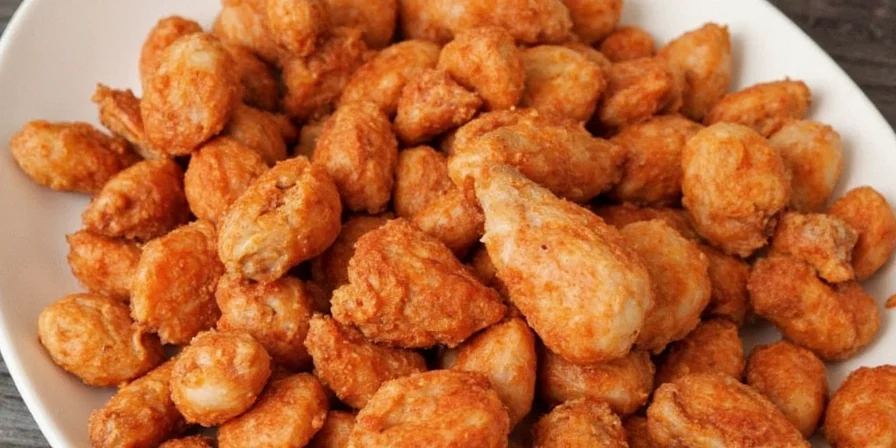
Dry Brine vs Wet Brine: Why Dry Wins for Chicken
Dry brining consistently outperforms wet brining for poultry. Here's why:
| Factor | Dry Brine | Wet Brine |
|---|---|---|
| Skin texture | Crispy, golden-brown | Soggy, difficult to brown |
| Flavor penetration | Deep seasoning throughout | Surface-level only |
| Moisture control | Retains natural juices | Dilutes natural flavors |
| Preparation time | No container needed | Requires large container |
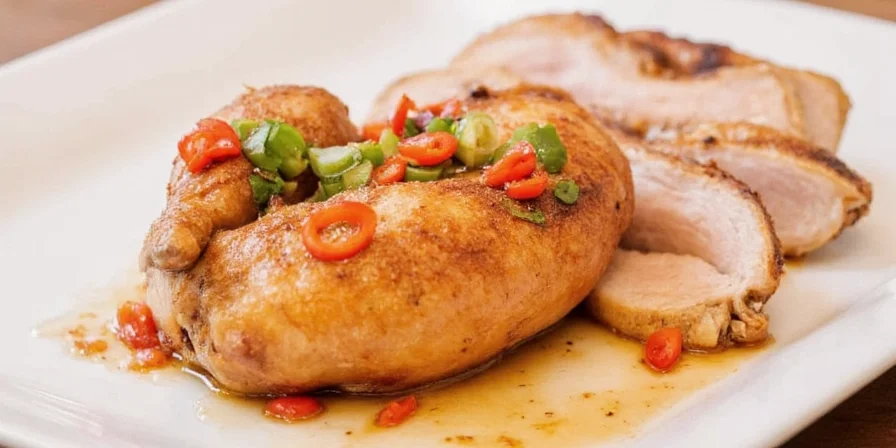
Exact Salt and Spice Ratios for Perfect Results
For 5 pounds of chicken (whole chicken or equivalent parts):
- Salt: 1 tablespoon coarse kosher salt (or 1.5 teaspoons table salt)
- Black pepper: 1.5 teaspoons freshly ground
- Paprika: 1 teaspoon (smoked for deeper flavor)
- Garlic powder: 1 teaspoon
- Onion powder: 1 teaspoon
- Dried herbs: 1/2 teaspoon thyme or rosemary
Specialty Blends
- Herb-infused: Add 2 tsp dried parsley + 1 tsp sage
- Spicy version: Include 1/2 tsp cayenne + 1 tsp chili powder
- Sweet-savory: Add 1 tbsp brown sugar to basic blend

The Science Behind Dry Brining (Simplified)
When salt contacts chicken, it initially draws out moisture through osmosis. Within 30-60 minutes, this moisture dissolves the salt and creates a concentrated brine solution that's then reabsorbed into the meat. This process:
- Denatures proteins to improve moisture retention during cooking
- Enhances natural flavors without dilution
- Dries the surface for faster Maillard reaction (browning)
- Prevents the rubbery texture sometimes caused by wet brines
The uncovered refrigeration period is critical—it allows the skin surface to dry, which directly contributes to superior crispiness when cooking begins.
Timing Guide: How Long to Dry Brine Chicken
| Chicken Type | Minimum Time | Optimal Time | Maximum Time |
|---|---|---|---|
| Whole chicken (3-5 lbs) | 8 hours | 12-18 hours | 24 hours |
| Chicken breasts | 4 hours | 6-8 hours | 12 hours |
| Chicken thighs/legs | 6 hours | 8-12 hours | 18 hours |
| Turkey (per 5 lbs) | 24 hours | 48 hours | 72 hours |
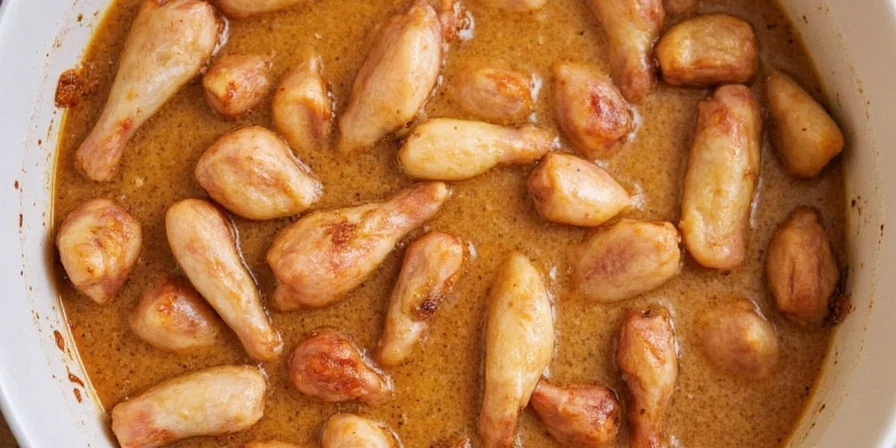
Common Mistakes and How to Fix Them
| Problem | Cause | Solution |
|---|---|---|
| Overly salty chicken | Exceeding 24 hours or using table salt without adjustment | Rinse surface and pat dry before cooking; reduce salt by 25% next time |
| Dry or tough meat | Insufficient brining time or cooking at too high temperature | Brine 12-18 hours; cook at 375°F max; use meat thermometer (165°F internal) |
| Soggy skin | Covered during refrigeration or insufficient drying time | Always refrigerate uncovered; extend drying time by 2-4 hours |
| Uneven seasoning | Not applying under skin or inconsistent rubbing | Loosen skin and apply 40% of mixture underneath; rub thoroughly |
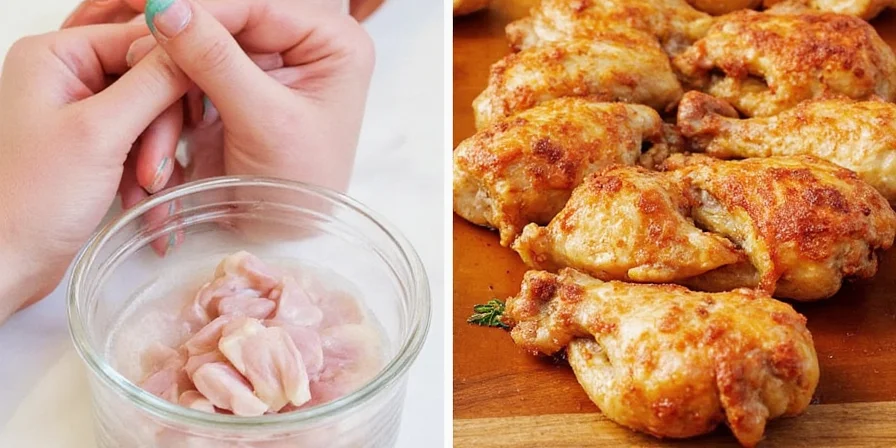
Pro Techniques for Crispiest Skin and Juiciest Meat
- Salt in two stages: Apply 75% of salt initially, remaining 25% 2 hours before cooking
- Skin separation: Gently slide fingers under breast skin to apply seasoning directly on meat
- Butter enhancement: After brining, place thin butter slices under skin for extra richness
- Cold start cooking: For whole chickens, begin at 425°F for 15 minutes, then reduce to 375°F
- Wire rack placement: Always cook on wire rack to allow air circulation for even browning
- Final sear: For skin-on breasts, finish under broiler for 2-3 minutes for maximum crispiness
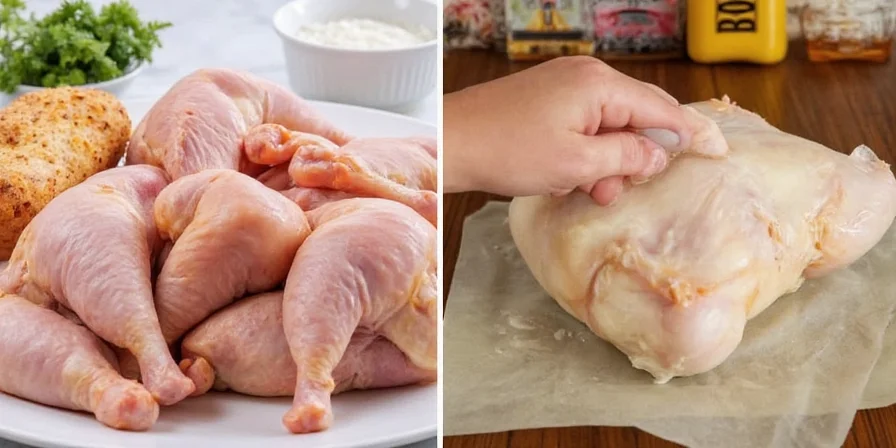
Frequently Asked Questions
How long should I dry brine chicken?
Dry brine chicken for 8-24 hours in the refrigerator, with 12-18 hours being optimal for whole chickens. Smaller cuts like breasts require 4-8 hours. Never exceed 24 hours for chicken to prevent oversalting and texture degradation.
Can I use table salt instead of kosher salt?
Yes, but adjust the quantity. Table salt crystals are denser, so use half the amount (1.5 tsp table salt per 5 lbs instead of 1 tbsp kosher salt). Morton's coarse kosher salt requires the full tablespoon, while Diamond Crystal may need 1.25 tbsp due to larger crystals.
Why does my dry-brined chicken sometimes turn out dry?
This usually happens when brining beyond 24 hours (causing protein breakdown) or cooking at too high temperature. Stick to 12-18 hours brining time and cook at 375°F maximum. Always use a meat thermometer to remove chicken at 160°F (it will carry over to 165°F).
Does dry brining work for turkey or other poultry?
Absolutely. Use the same 1 tbsp salt per 5 lbs ratio. Turkeys need 48-72 hours due to size, while duck benefits from 24 hours for optimal fat rendering. Game birds like pheasant require only 12 hours as their meat is more delicate.
Do I need to rinse after dry brining?
No rinsing is necessary with proper dry brining. If you've followed the recommended salt ratios and timing, the chicken should not be overly salty. Rinsing would undo the surface drying that contributes to crisp skin. Simply pat dry if needed before cooking.
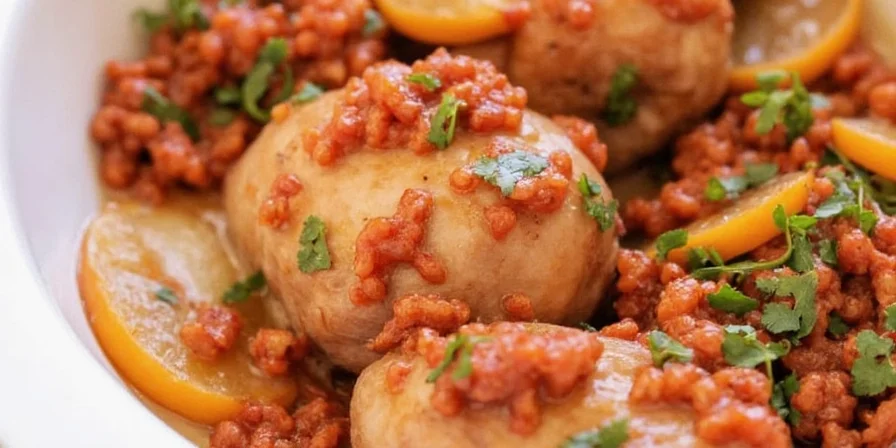

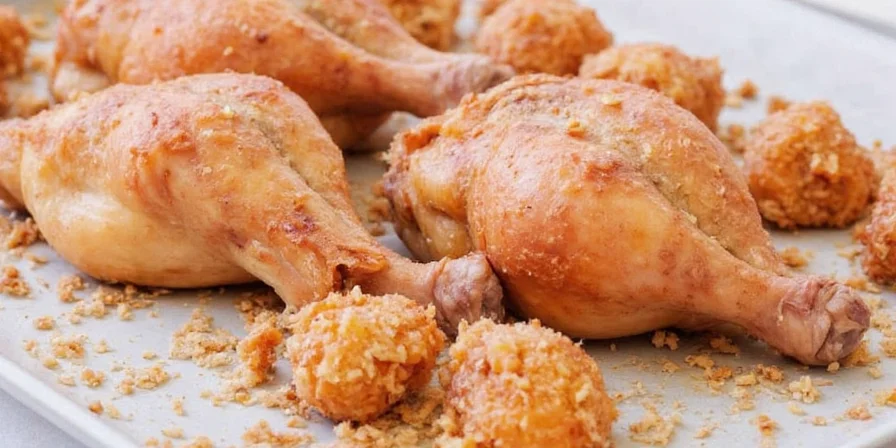









 浙公网安备
33010002000092号
浙公网安备
33010002000092号 浙B2-20120091-4
浙B2-20120091-4